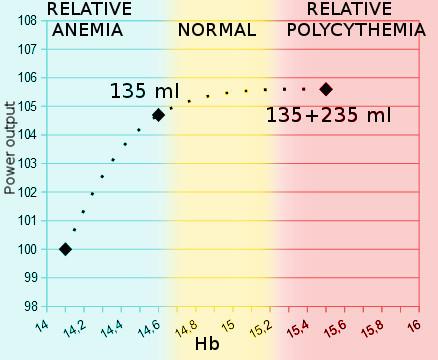- Sep 16, 2010
- 7,617
- 1,054
- 20,680
Re: Re:
Thank you, I really wish I'd posted that. Oh, hang on a moment, I did. Thank me!Tim Booth said:fmk_RoI said:A Q came up recently elsewhere about the current prevalance of blood doping, in light of on going research projects into new detection methods. A new Danish study from the Department of Sport and Nutrition at the University of Copenhagen suggests that micro-transfusions could be offering noticeable performance gains:A new Danish study shows that micro blood doping (only 135 ml) can increase the performance by up to nearly five percent. First time studying such small doses. Very worrying reading as it will be almost impossible to detect.
Article (in Danish)
http://sport.tv2.dk/2018-12-05-chokerende-dansk-forskning-lille-maengde-bloddoping-kan-give-stor-forbedring








